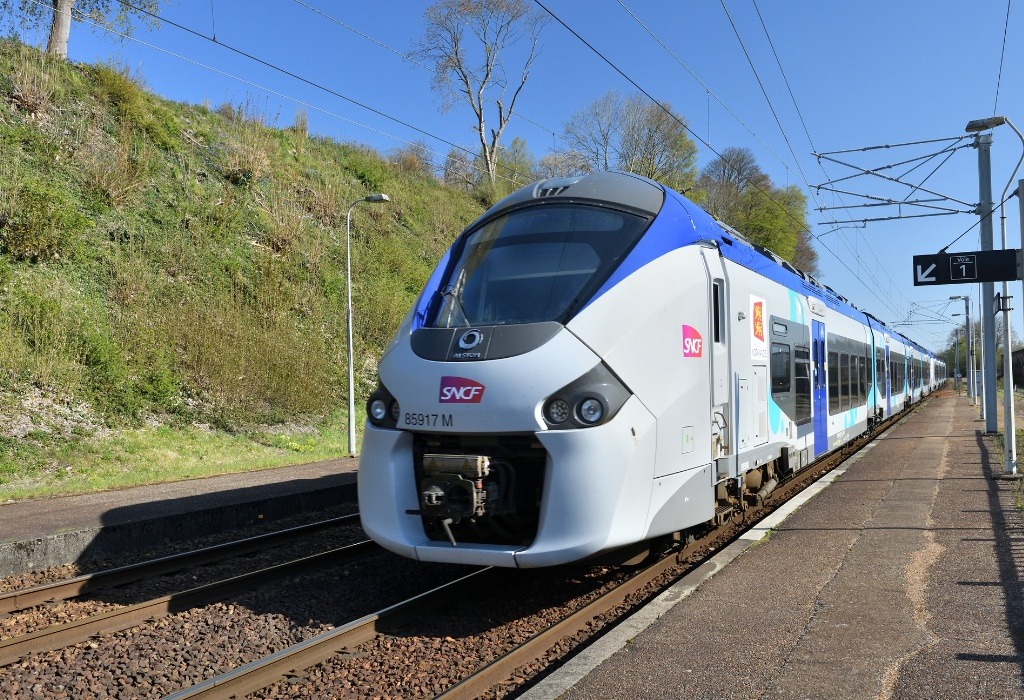Blogs
Zelra welcomes ETCS compliance for digital train control in Australia

Australia has taken a significant step toward safer and more efficient rail operations by mandating European Train Control System (ETCS) compliance for digital train control and signalling systems nationwide.
The decision means ETCS will be adopted across the National Network for Interoperability, which includes the main freight and passenger lines connecting major ports, regions, and passenger terminals.
At Zelra, we fully support this development. Our international experience with ETCS means we are well-positioned to help operators and rolling stock manufacturers meet these interoperability requirements in Australia.
Experience that matters: ETCS in Europe
Zelra’s Driving Advice System (DAS) has been trusted for years by rail operators in both France and the UK. These progressive national networks are also at the forefront of ETCS adoption, and Zelra’s experience in these markets gives us a deep understanding of how advisory systems and safety-critical signalling can coexist effectively.
- In France, where ETCS is being rolled out nationwide, our DAS system is fully integrated into SNCF’s tablet-based driver solutions where multiple applications, including DAS and signalling systems, operate seamlessly together.
- DAS has also been integrated into existing Traffic Management Systems (TMS) by manufacturers including Alstom, Hitachi, and Stadler.
- In the UK, ETCS is currently being implemented on the East Coast Main Line as part of that country’s digital transformation program.
Crucially, these deployments show that Zelra’s DAS is compatible and complementary with ETCS. This provides a useful blueprint for the future of Australian rail where Queensland, New South Wales, and South Australia have begun rolling out ETCS on selected rail corridors.
DAS and ETCS: distinct roles, aligned outcomes
DAS offers real‑time, energy‑efficient driving advice while ETCS provides the authority for train movement and speed supervision. Zelra Managing Director, Michael Zink, explained that these roles are distinct but aligned, allowing operational benefits to be captured without compromising safety.
“Safety remains paramount,” Mr Zink said. “It is important to emphasise that DAS is an advisory tool which operates entirely within the envelope of safety critical advice provided by ETCS and digital signalling systems.
“ETCS provides the ultimate authority for train movement and speed enforcement, while DAS offers guidance that never conflicts with ETCS commands. DAS is aligned with ETCS to ensure there are no mixed messages regarding SPADs or train spacing.
“This layered approach enhances situational awareness for drivers without introducing new risks, which is a critical consideration for regulators, operators, and passengers alike.”
Advantages for rail operators
For rail operators, the compatibility of DAS and ETCS presents significant advantages:
- Operational efficiency: DAS helps drivers optimise train performance and energy savings, while ETCS enforces safety-critical limits. Together, they deliver improved performance and safety compliance, with additional value created by TMS integration.
- Consistency across fleets: a unified approach to advisory and signalling systems reduces complexity for drivers, particularly in mixed-fleet settings.
- Future proofing: as ETCS becomes the global standard, operators adopting DAS now can be confident that the solution can work within ETCS frameworks of the future.
These benefits are not theoretical. They have been demonstrated in Europe where operators successfully combine DAS and ETCS to improve service delivery to passengers.
Advantages for manufacturers
For rolling stock manufacturers, the compatibility of DAS and ETCS simplifies integration and certification processes. By ensuring that advisory systems operate within ETCS parameters, manufacturers can deliver vehicles that meet regulatory requirements without additional hardware complexity. This approach also supports modular, tablet-based solutions, reducing the need for bespoke in-cab equipment.
Looking ahead: a pathway for greater alignment
Zelra is committed to deepening the integration between DAS and ETCS. Our roadmap includes features that will allow DAS to display relevant signalling context within its user interface, further improving driver experience and operational efficiency.
These developments will maintain strict safety boundaries while delivering even greater value to operators and manufacturers.
Australia’s move toward ETCS compliance and implementation aligns perfectly with Zelra’s vision for a connected, efficient, and safer rail future. With proven experience in ETCS-enabled environments and a clear plan for continued innovation, Zelra is ready to support Australia’s rail industry as it embraces this important standard.
Start the conversation
Zelra’s DAS helps European passenger rail companies ensure their customers arrive safely and on time. This proven record of success meets the needs of Australian operators too.
Want to start a conversation about how DAS can be applied to your network? Zelra’s team of industry experts are ready to discuss the possibilities so get in touch today.
Category
Blogs
Mode of Transport
Freight Rail, Passenger Rail, Public Transport Authorities
Solutions
Driving Advice System (DAS)
Region
Australia/New Zealand, European Union, United Kingdom
Read time
4 minutes